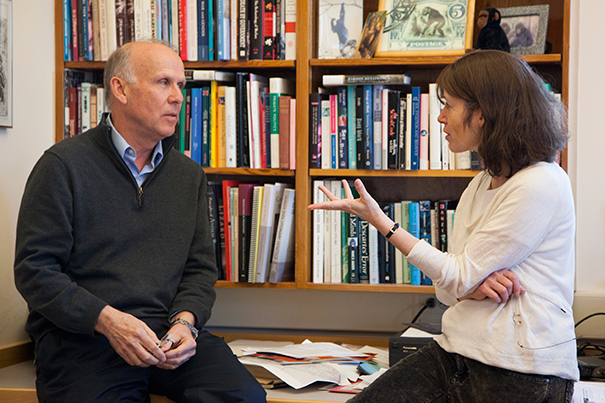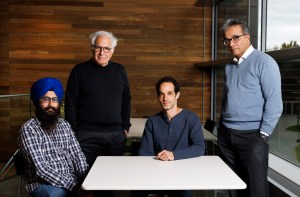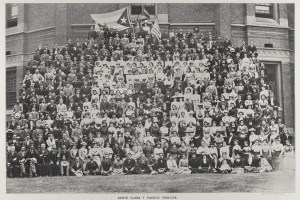Science & Tech
-
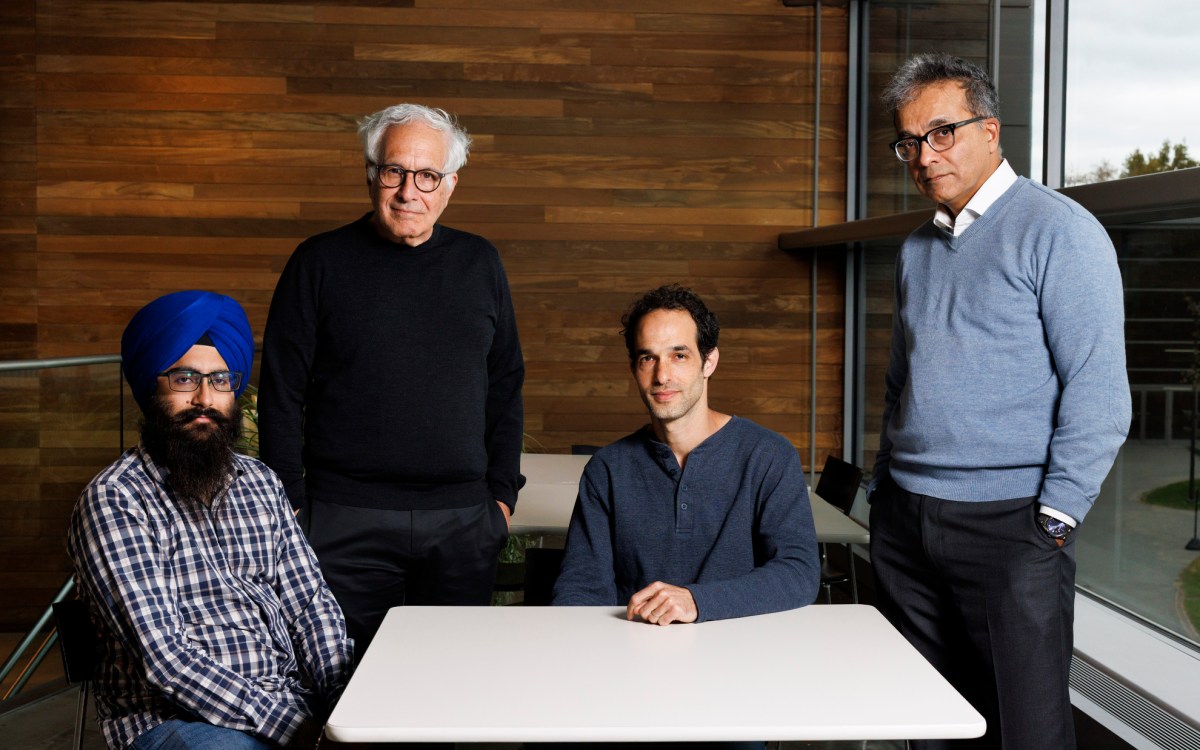
Want to speed brain research? It’s all in how you look at it.
New AI-enhanced scanning method promises to boost quest for high-resolution mapping
-

-

‘It just feels good when you solve the hard problems’
Why do students volunteer to take this notoriously difficult math exam? For the fun of it.
-
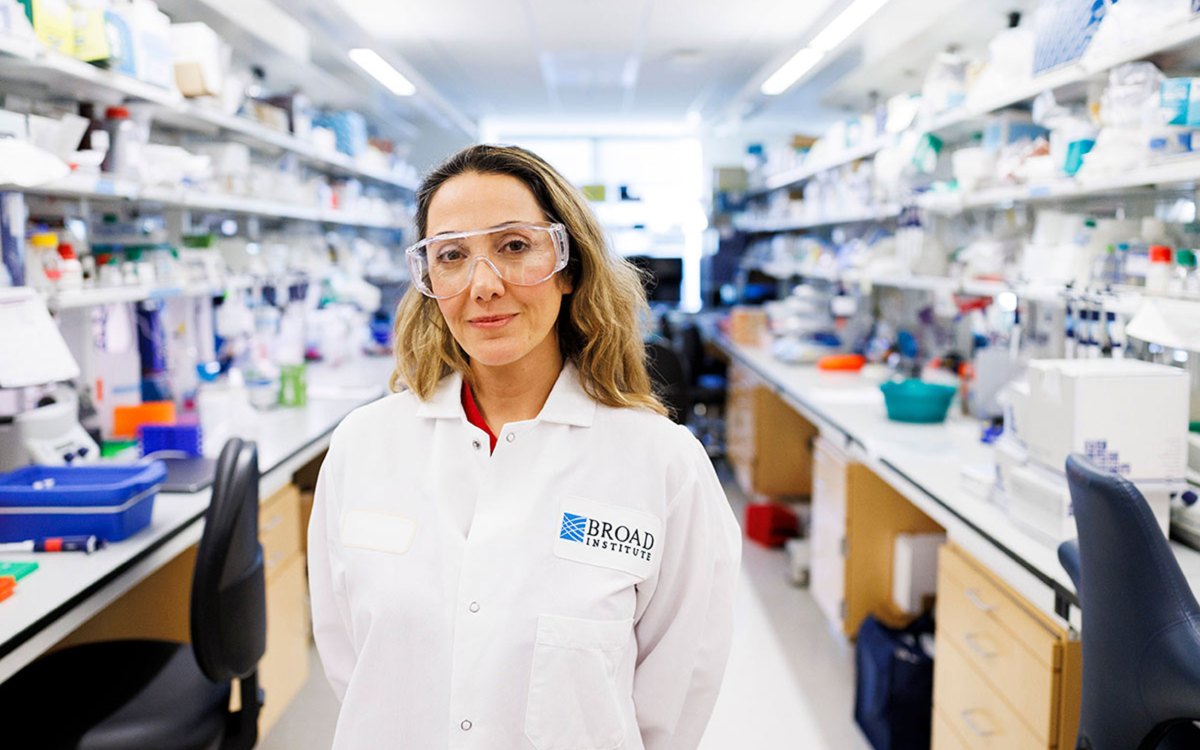
Stopping the next pandemic
Disease surveillance network faced ‘existential cliff’ despite proven success. Then came the $100 million.
-

Rethinking — and reframing — superintelligence
Microsoft researcher says separating AI from people makes systems dangerous and unproductive
-
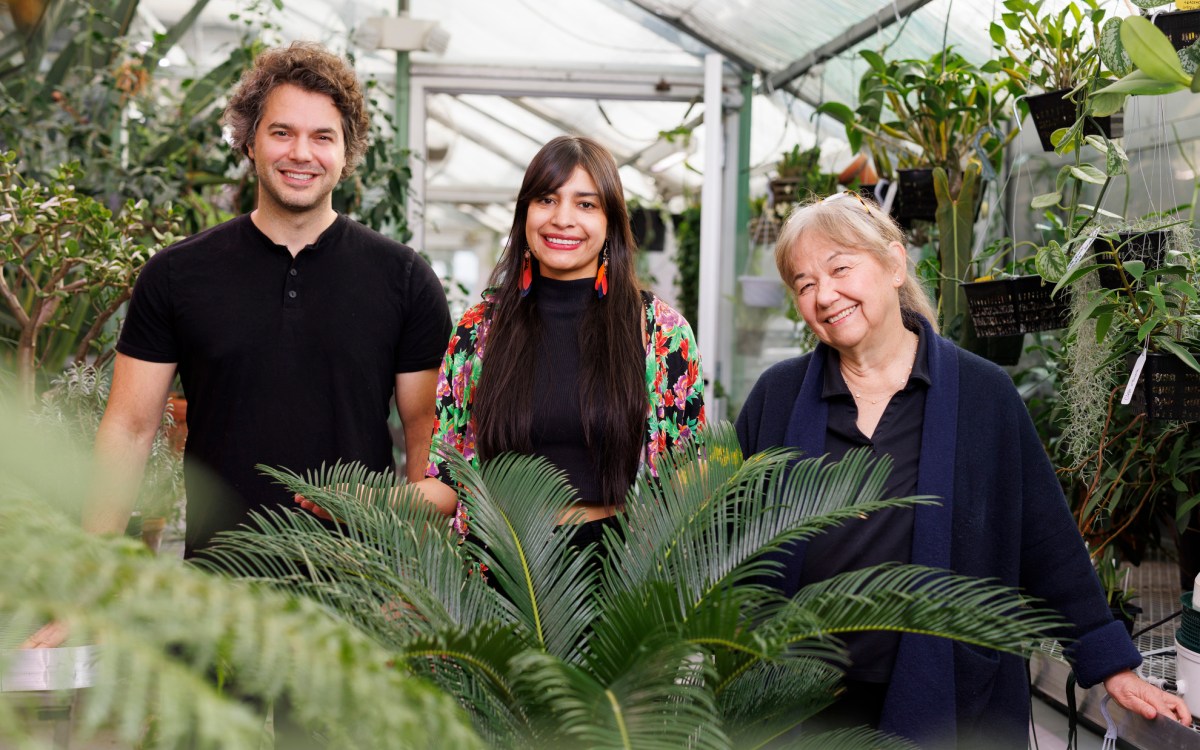
First, male gets heated up, then female, and then, you know
Study shows infrared radiation from plants serves as invitation to pollinating insects
-
Curbing carbon on campus
Harvard University achieves ambitious climate goal set in 2008.
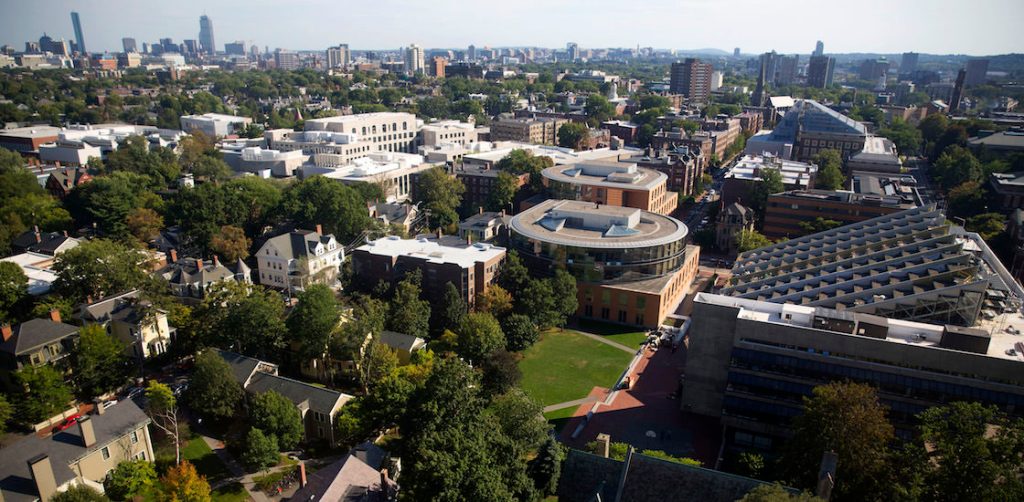
-
For bigger data, more storage
With big data becoming routine and applications penetrating even areas not traditionally thought of as data-heavy, Harvard is part of a multi-university collaboration designed to better store and provide faster access to the enormous data sets increasingly common in research into genomics, particle physics, and a host of other fields.
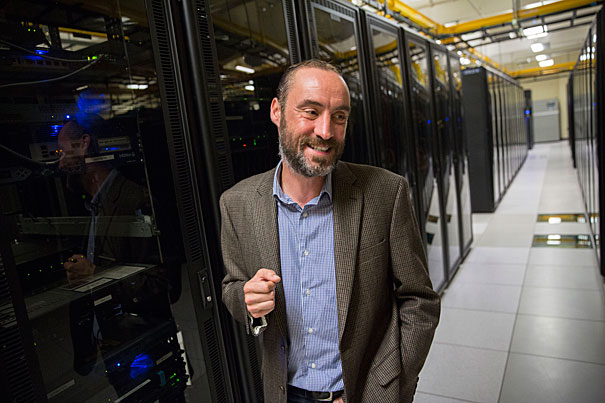
-
Ex-EPA official sees narrow openings for climate progress
In a Harvard talk, ex-EPA official Robert Perciasepe outlined some narrow openings for bipartisanship on environmental issues.
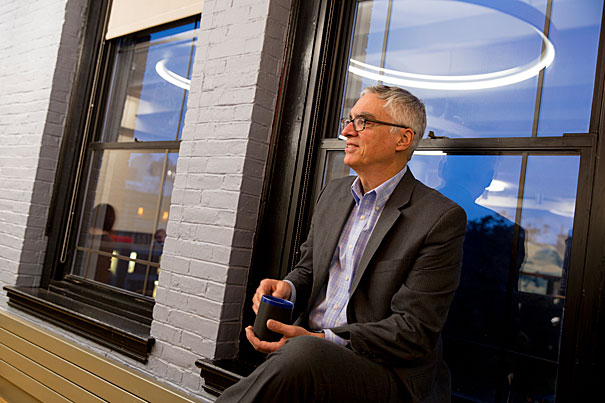
-
Global concerns on climate change
Harvard experts gather to discuss climate change in all its complexity, and share some surprising views.
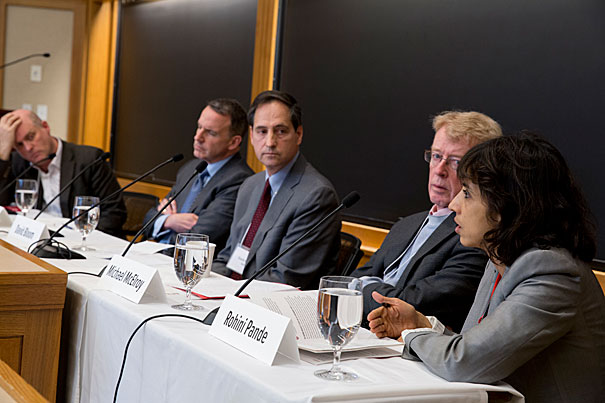
-
What’s next for climate change policy
Harvard environmental experts looking ahead to a Trump administration see trouble for President Obama’s Clean Power Plan and U.S. international climate action, but add that the nation’s environmental protection regulatory framework would be difficult to dismantle, and there may be hope for new approaches to addressing environmental ills.

-
Human health risks from hydroelectric projects
Harvard researchers found 90 percent of new or proposed hydroelectric power plants will increase the concentration of toxic methylmercury in the food web near indigenous communities in Canada.

-
Fleeing climate change
The Gazette interviewed Robin Bronen, a human rights attorney and a senior research scientist at the University of Alaska, Fairbanks, on climate change displacement.

-
Making the ultimate darkness visible
University of Arizona physicist Dimitrios Psaltis has devoted his Radcliffe fellowship to black hole imaging linked to the Event Horizon Telescope project.
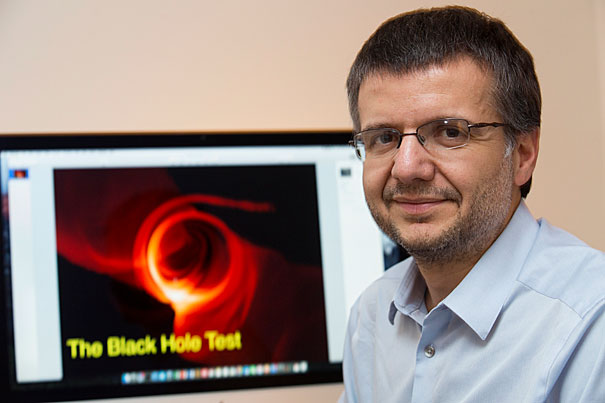
-
Melting ice, changing world
Melting Arctic ice is opening the Northwest Passage, just a symptom of the accelerating warming in the Arctic and around the globe, speakers at a Radcliffe symposium on the oceans said.
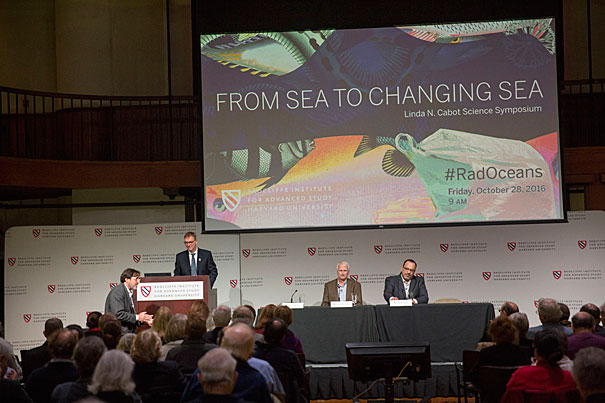
-
The shifting landscape in biosocial science
During Tanner Lectures, Professor Dorothy E. Roberts of the University of Pennsylvania Law School, will explain how society leaned on flawed judgments about race.

-
As Americans vote, will hackers pounce?
Panelists at the Kennedy School discussed the possibility of hackers targeting the U.S. vote.

-
Giving ‘good’ a rigorous inspection
Harvard scholars Joshua Greene and Steven Pinker were joined by Princeton philosopher Peter Singer in a conversation examining how to be moral — and happy.
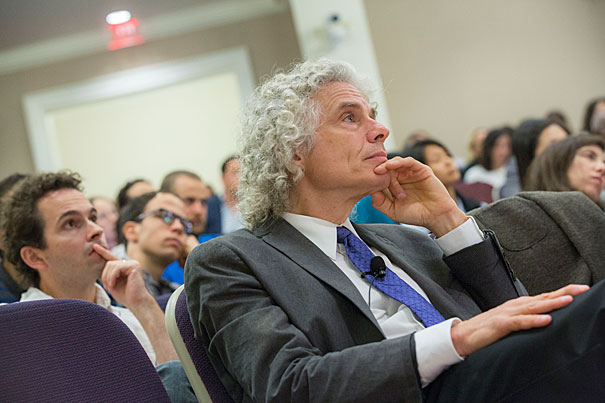
-
Science, meet YouTube
Harvard graduate student Molly Edwards is the creator and host of “Science IRL (In Real Life),” a YouTube channel she launched more than a year ago while working as a lab technician at New York University. The show is dedicated to taking viewers inside labs for an up-close-and-personal view of the day-to-day work of scientists.
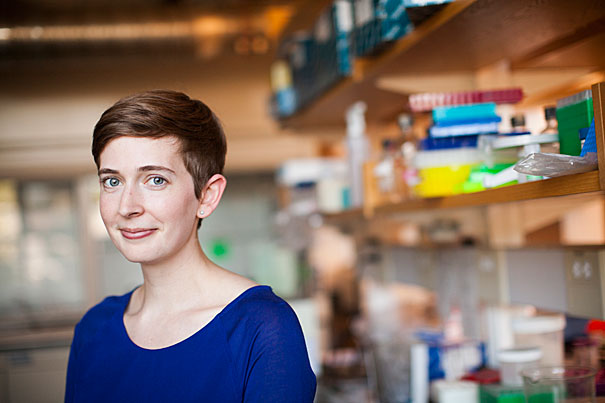
-
They ponder the universe
A Harvard research summer at CERN in Switzerland can lead to hard work, sightseeing, and, for some, a lifetime in physics.
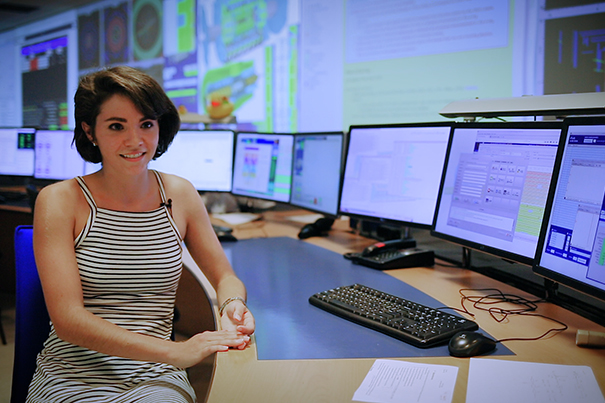
-
Harvard strengthens ‘living laboratory’ to help mitigate climate impact
A reinvigorated “campus as a living laboratory” initiative includes two new, fully funded projects for that will tackle real-world challenges on campus or in the community, and lead to the practical application of emerging technologies or strategies regarding climate change.
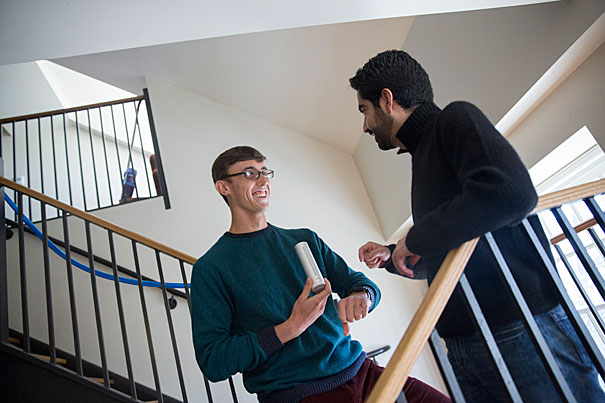
-
A way forward on climate
Michael McElroy, Gilbert Butler Professor of Environmental Studies, talks about his new book, “Energy and Climate: Vision for the Future.”
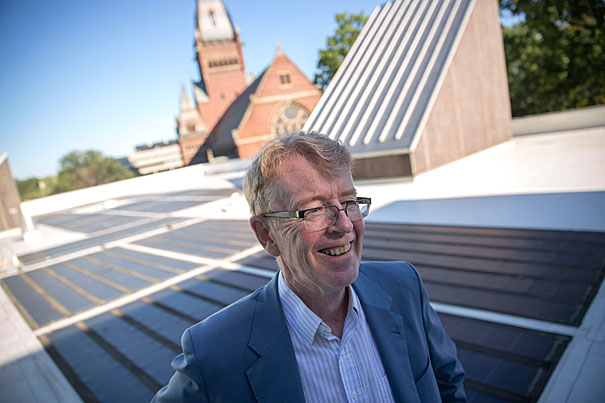
-
Now arriving: Internet of Things
The Internet of Things is growing ever more sophisticated, enabling everything from smart cities to automatic appliances. A Harvard ethicist says we should think not just about what we can do, but what we should do.
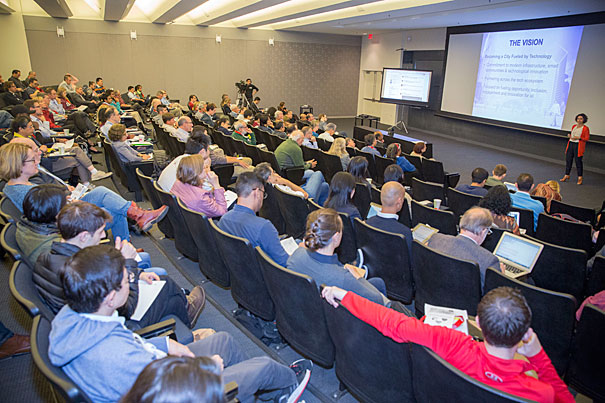
-
Worlds of promise
The future of visual and augmented reality was the theme of a HUBweek event that attracted students, scientists, educators, entrepreneurs, and software developers for an afternoon of demonstrations and discussions.

-
A hot idea for conserving energy
Aldís Elfarsdóttir ’18 didn’t like the energy-wasting implications of cracking the window to lower the temperature in her Eliot House room. So she and two recent grads have launched a temperature data-gathering project to help the House conserve wasted energy.
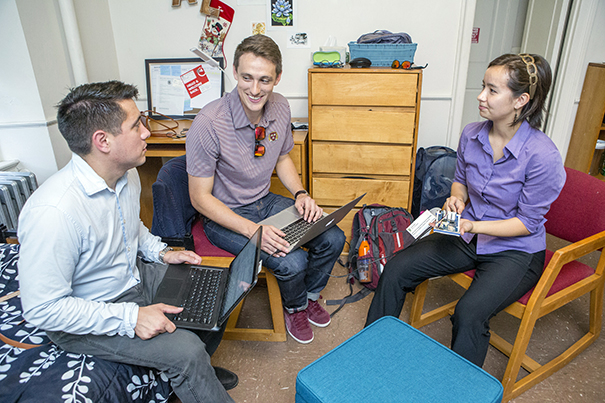
-
Why lose the headphone jack?
Harvard Engineering Professor Woodward Yang discusses Apple’s decision to get rid of the headphone jack.

-
Strong case for seagrass
New findings on seagrass reinforce the need to direct research where biodiversity is most at risk, says Harvard Herbaria fellow Barnabas Daru.

-
Testing the test questions
A group of researchers at the Harvard-Smithsonian Center for Astrophysics (CfA) has found a way for schools, professors, textbook publishers, and educational researchers to check the quality of their test questions that turns out to be both fast and cheap. It invokes the power of crowdsourcing.
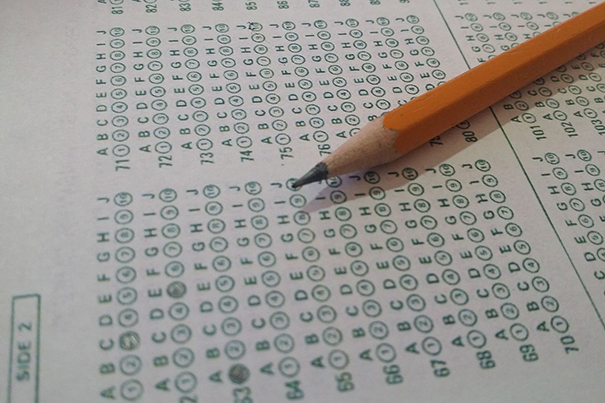
-
What artificial intelligence will look like in 2030
“Artificial Intelligence and Life in 2030” is the first product of the One Hundred Year Study on Artificial Intelligence (AI100).
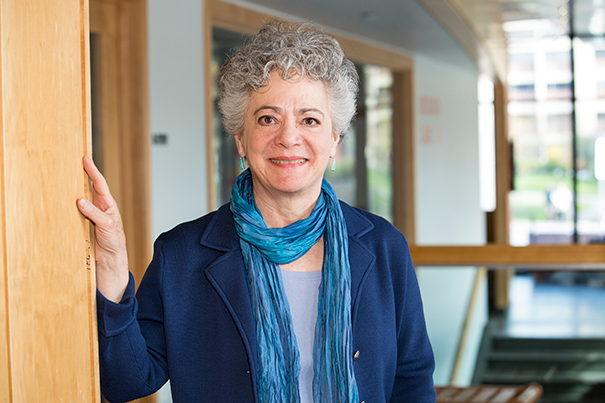
-
Asteroid mission will carry student X-ray experiment
At 7:05 p.m. (EDT) today, NASA plans to launch a spacecraft to a near-Earth asteroid named Bennu. Among that spacecraft’s five instruments is a student experiment that will use X-rays to help determine Bennu’s surface composition.
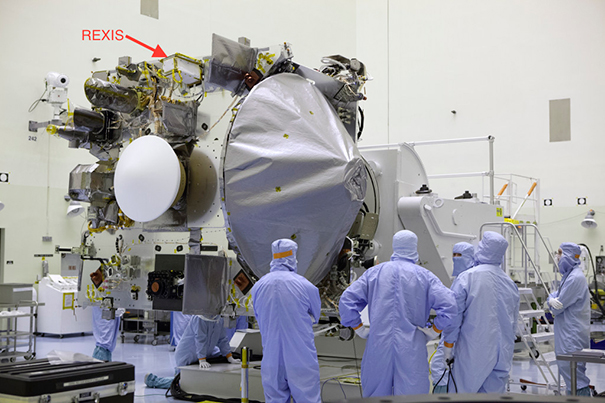
-
Milky Way had blowout bash 6 million years ago
Researchers analyzed archival X-ray observations from the XMM-Newton spacecraft and found that the missing mass from the Milky Way is in the form of a million-degree gaseous fog permeating our galaxy.

-
The first autonomous, entirely soft robot
Developed by a team of Harvard researchers, the first autonomous, entirely soft robot is powered by a chemical reaction controlled by microfluidics. The 3-D-printed “octobot” has no electronics.
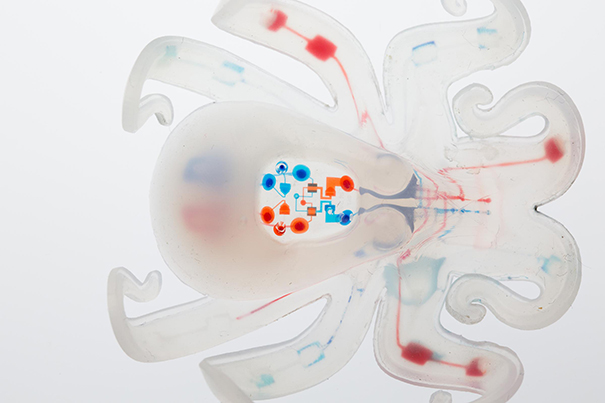
-
Exoplanet might have oxygen atmosphere, but not life
Researchers believe they may for the first time detect oxygen on a rocky planet outside the solar system.

-
‘Smoke waves’ will affect millions in coming decades
Wildfires threaten more than land and homes. The smoke they produce contains fine particles (PM2.5) that can poison the air for hundreds of miles. Air pollution from the 2016 Fort…

-
Toward a better screen
Harvard researchers have designed more than 1,000 new blue-light-emitting molecules for organic light-emitting diodes that could dramatically improve displays for televisions, phones, tablets, and more.

-
Resolving conflict: Men vs. women
Using videos of four sports in 44 countries, researchers found that men are far more likely to engage in friendly physical contact — handshakes, back pats and even hugs — following competition than women are.
